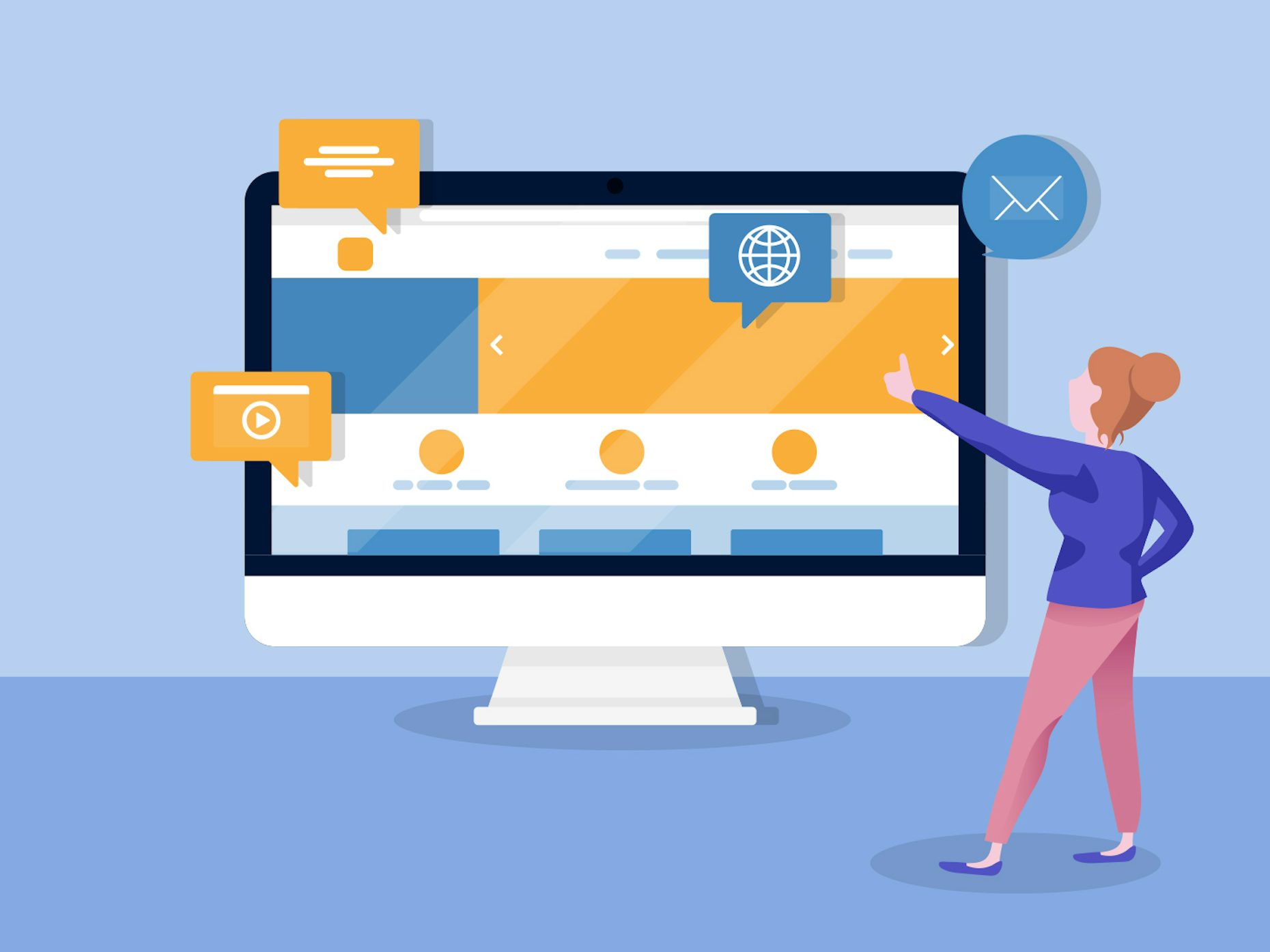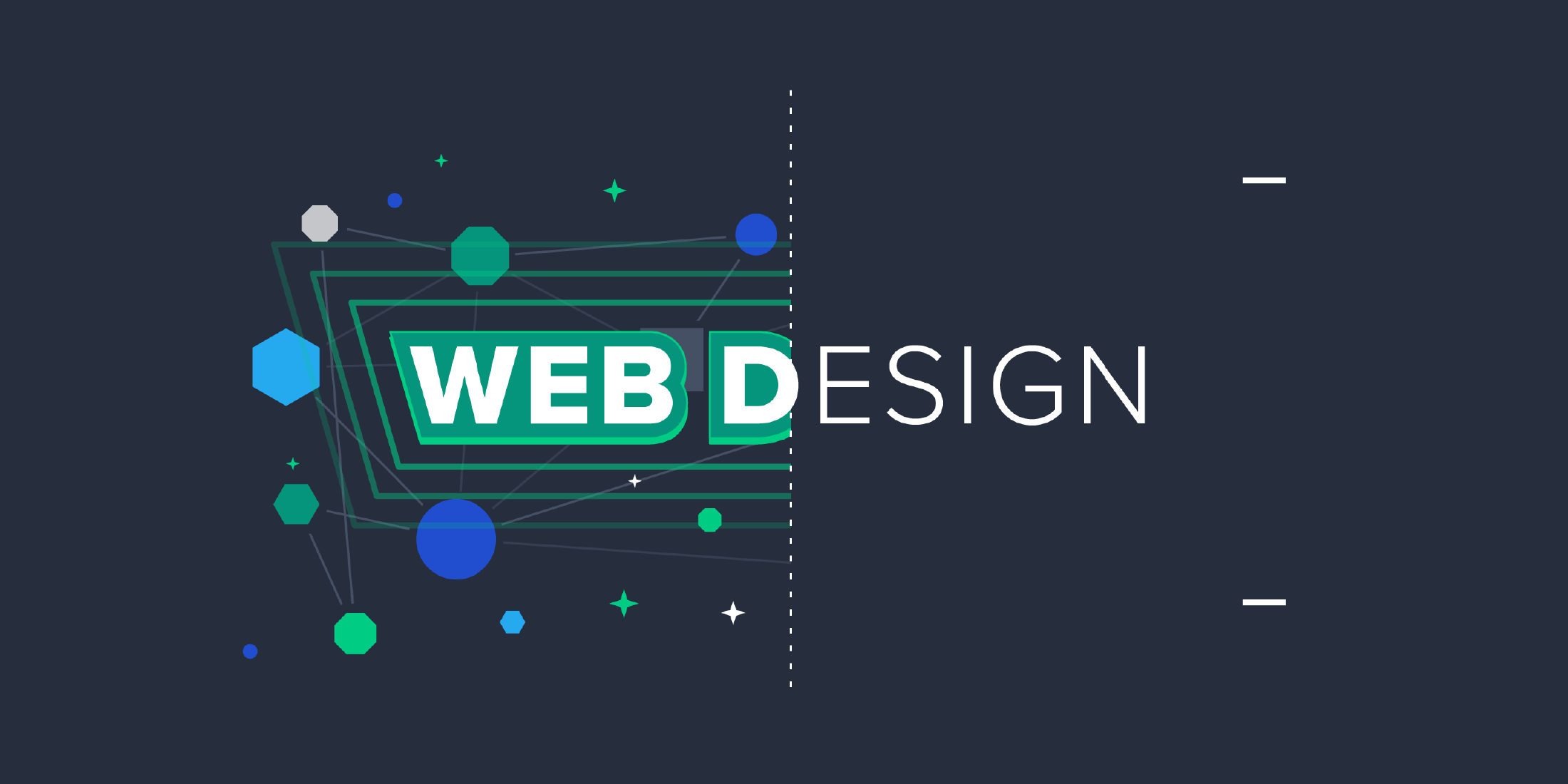All Categories
Featured
Table of Contents
- – 53 Web Design Tools To Help You Work Smarter I...
- – 53 Web Design Tools To Help You Work Smarter ...
- – Otc Web Design Girdwood, Alaska - Web Design ...
- – What Can I Do With A Web Design And Developme...
- – Responsive Web Design - A List Apart Tips and...
- – Web Design Services By Freelance Website Desi...
- – Web Design - The First 100 Years - Idle Word...
- – Web Design - Linkedin Learning, Formerly Lyn...
- – Web Design Tutorials By Envato Tuts+ Tips an...
- – Beginner's Guide: How To Learn Web Design At...
- – Web Design Blog - Webdesigner Depot Webdesig...
53 Web Design Tools To Help You Work Smarter In 2022 Tips and Tricks:
Quick summary Usability and the energy, not the visual design, determine the success or failure of a website. Considering that the visitor of the page is the only person who clicks the mouse and for that reason chooses whatever, user-centric design has developed as a standard technique for successful and profit-oriented web design - web design frederick md.
and the utility, not the visual design, figure out the success or failure of a website. Given that the visitor of the page is the only individual who clicks the mouse and therefore chooses whatever, user-centric design has become a basic method for effective and profit-oriented web style. After all, if users can't use a function, it might too not exist.
g. where the search box should be placed) as it has actually currently been carried out in a number of short articles; rather we focus on the methods which, used correctly, can lead to more advanced design choices and simplify the process of viewing presented info. Please notice that you may be thinking about the usability-related short articles we have actually published prior to: Principles Of Great Website Design And Reliable Web Design Guidelines, In order to use the concepts properly we first need to understand how users engage with sites, how they believe and what are the standard patterns of users' habits.
53 Web Design Tools To Help You Work Smarter In 2022 Tips and Tricks:
Visitors glimpse at each brand-new page, scan some of the text, and click the very first link that catches their interest or slightly looks like the thing they're searching for. There are large parts of the page they don't even look at. Most users look for something fascinating (or beneficial) and clickable; as soon as some promising candidates are discovered, users click.
If a page supplies users with top quality content, they are willing to compromise the content with ads and the style of the site. This is the reason not-that-well-designed websites with premium content acquire a great deal of traffic over years. Material is more crucial than the design which supports it.

Very simple principle: If a website isn't able to meet users' expectations, then designer stopped working to get his task done effectively and the company loses cash. The greater is the cognitive load and the less user-friendly is the navigation, the more prepared are users to leave the website and search for alternatives.
Otc Web Design Girdwood, Alaska - Web Design & Google ... Tips and Tricks:
Neither do they scan webpage in a linear fashion, going sequentially from one website section to another one. Rather users satisfice; they pick the first reasonable choice. As quickly as they find a link that appears like it may result in the goal, there is an excellent opportunity that it will be instantly clicked.
It doesn't matter to us if we understand how things work, as long as we can use them. If your audience is going to imitate you're developing billboard, then design excellent signboards." Users wish to be able to control their browser and rely on the consistent data presentation throughout the site.
If the navigation and site architecture aren't intuitive, the variety of enigma grows and makes it harder for users to comprehend how the system works and how to receive from point A to point B. A clear structure, moderate visual clues and easily identifiable links can assist users to find their course to their aim.
What Can I Do With A Web Design And Development Degree? Tips and Tricks:

Considering that users tend to explore sites according to the "F"-pattern, these 3 declarations would be the first components users will see on the page once it is loaded. The design itself is simple and user-friendly, to comprehend what the page is about the user needs to search for the answer.
As soon as you have actually accomplished this, you can interact why the system works and how users can take advantage of it. People won't utilize your website if they can't discover their way around it. 2. Don't Misuse Users' Perseverance, In every project when you are going to provide your visitors some service or tool, attempt to keep your user requirements minimal.
First-time visitors want to, not filling long web forms for an account they might never utilize in the future. Let users check out the website and find your services without requiring them into sharing private information. It's not affordable to force users to get in an email address to test the function.
Responsive Web Design - A List Apart Tips and Tricks:
Stikkit is a perfect example for an easy to use service which needs practically absolutely nothing from the visitor which is unobtrusive and comforting. Which's what you desire your users to feel on your website. Obviously, Mite needs more. The registration can be done in less than 30 seconds as the type has horizontal orientation, the user doesn't even need to scroll the page.
A user registration alone is sufficient of an obstacle to user navigation to minimize incoming traffic. 3. Manage To Focus Users' Attention, As websites supply both static and dynamic material, some elements of the user interface bring in attention more than others do. Clearly, images are more appealing than the text simply as the sentences marked as vibrant are more appealing than plain text.
Focusing users' attention to specific areas of the website with a moderate usage of visual components can help your visitors to obtain from point A to point B without thinking about how it in fact is supposed to be done. The less question marks visitors have, the they have and the more trust they can develop towards the business the site represents.
Web Design Services By Freelance Website Designers - Fiverr Tips and Tricks:
4. Strive For Function Exposure, Modern website design are typically slammed due to their technique of directing users with visually appealing 1-2-3-done-steps, large buttons with visual results and so on. From the design point of view these components actually aren't a bad thing. On the contrary, such as they lead the visitors through the site material in a very easy and easy to use method.
The site has 9 main navigation choices which are noticeable at the first glimpse. What matters is that the content is well-understood and visitors feel comfy with the method they connect with the system.
com gets directly to the point. No charming words, no exaggerated declarations. Instead a rate: simply what visitors are trying to find. An optimal option for efficient writing is touse brief and concise expressions (come to the point as quickly as possible), use scannable design (classify the material, utilize numerous heading levels, use visual components and bulleted lists which break the circulation of consistent text blocks), use plain and unbiased language (a promotion does not require to seem like ad; give your users some sensible and unbiased reason that they must utilize your service or stay on your site)6.
Web Design - The First 100 Years - Idle Words Tips and Tricks:
Users are seldom on a site to delight in the design; moreover, most of the times they are looking for the details regardless of the style - web design frederick md. Aim for simpleness instead of complexity. From the visitors' viewpoint, the best site style is a pure text, with no advertisements or additional material obstructs matching precisely the query visitors utilized or the material they've been searching for.
Finch plainly provides the info about the website and offers visitors an option of alternatives without overcrowding them with unneeded material. 7. Do not Be Afraid Of The White Area, Actually it's actually difficult to overstate the value of white space. Not only does it help to for the visitors, however it makes it possible to view the details provided on the screen.
Complex structures are more difficult to check out, scan, evaluate and work with. If you have the choice between separating 2 style sectors by a noticeable line or by some whitespace, it's generally much better to use the whitespace service. (Simon's Law): the much better you handle to supply users with a sense of visual hierarchy, the easier your material will be to perceive.
Web Design - Linkedin Learning, Formerly Lynda.com Tips and Tricks:
The very same conventions and rules need to be applied to all elements.: do the most with the least quantity of hints and visual components. Clarity: all components need to be created so their meaning is not ambiguous.
Conventions Are Our Pals, Traditional style of website aspects does not result in a dull web site. It would be an use problem if all sites had different visual presentation of RSS-feeds.
understand what they're anticipating from a website navigation, text structure, search positioning etc. A common example from usability sessions is to equate the page in Japanese (presuming your web users don't understand Japanese, e. g. with Babelfish) and supply your functionality testers with a task to find something in the page of various language.
Web Design Tutorials By Envato Tuts+ Tips and Tricks:
Test Early, Test Typically, This so-called TETO-principle should be used to every web design task as use tests typically offer into substantial issues and problems related to an offered design. Test not too late, not too little and not for the wrong factors.
Some important points to bear in mind: according to Steve Krug, and testing one user early in the job is much better than testing 50 near the end. Accoring to Boehm's first law, mistakes are most regular throughout requirements and design activities and are the more expensive the later on they are gotten rid of.
That suggests that you develop something, test it, fix it and then check it once again. There may be problems which haven't been found during the very first round as users were practically blocked by other issues.
Beginner's Guide: How To Learn Web Design At Home - Medium Tips and Tricks:

This holds for designers also. After you've worked on a website for couple of weeks, you can't observe it from a fresh viewpoint anymore. You understand how it is constructed and therefore you understand exactly how it works you have the knowledge independent testers and visitors of your website would not have.
It can be connected to other locations such as graphic style, user experience, and multimedia arts, but is more aptly seen from a technological perspective. It has actually ended up being a big part of individuals's everyday lives. It is difficult to picture the Web without animated graphics, various styles of typography, background, videos and music.

During 1991 to 1993 the World Wide Web was born. Text-only pages could be seen using an easy line-mode web browser. There had been no integrated technique to graphic style components such as images or sounds.
Web Design Blog - Webdesigner Depot Webdesigner Depot Tips and Tricks:
The W3C was developed in October 1994 to "lead the World Wide Web to its full capacity by establishing typical procedures that promote its advancement and guarantee its interoperability." This prevented any one business from monopolizing a propriety web browser and programming language, which might have modified the impact of the Web as a whole.
As this has actually taken place the technology of the web has actually likewise moved on. There have actually likewise been substantial changes in the method people utilize and access the web, and this has actually changed how websites are designed.
Learn more about Lovell Media Group LLC or TrainACETable of Contents
- – 53 Web Design Tools To Help You Work Smarter I...
- – 53 Web Design Tools To Help You Work Smarter ...
- – Otc Web Design Girdwood, Alaska - Web Design ...
- – What Can I Do With A Web Design And Developme...
- – Responsive Web Design - A List Apart Tips and...
- – Web Design Services By Freelance Website Desi...
- – Web Design - The First 100 Years - Idle Word...
- – Web Design - Linkedin Learning, Formerly Lyn...
- – Web Design Tutorials By Envato Tuts+ Tips an...
- – Beginner's Guide: How To Learn Web Design At...
- – Web Design Blog - Webdesigner Depot Webdesig...
Latest Posts
Modern Website Designs - Best Web Page Designers Tips and Tricks:
The Top 10 Most Important Elements Of A Website Design Tips and Tricks:
What Does A Web Designer Do? - Careerexplorer Tips and Tricks:
More
Latest Posts
Modern Website Designs - Best Web Page Designers Tips and Tricks:
The Top 10 Most Important Elements Of A Website Design Tips and Tricks:
What Does A Web Designer Do? - Careerexplorer Tips and Tricks: